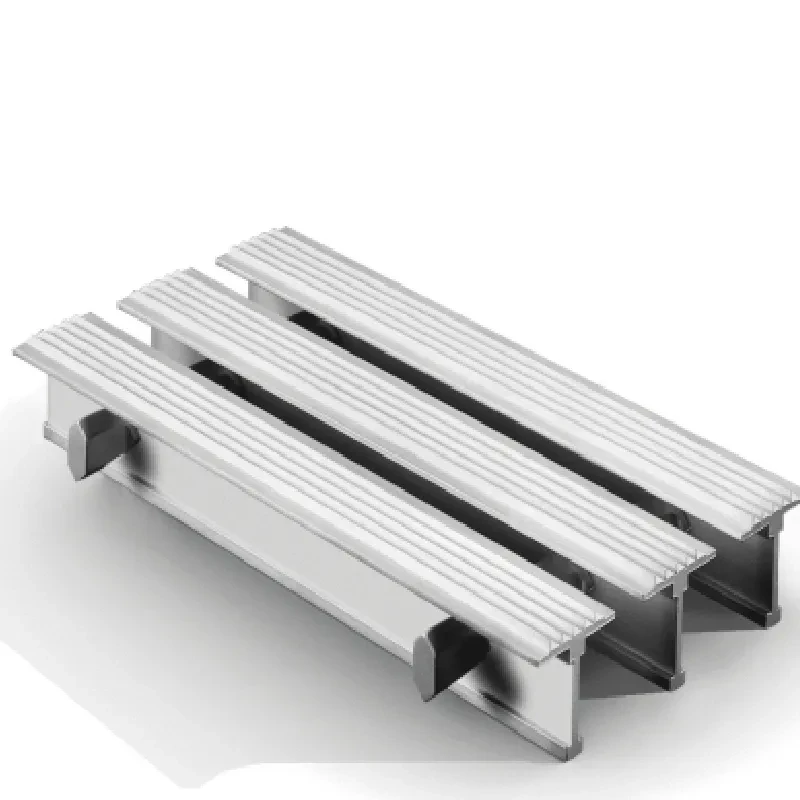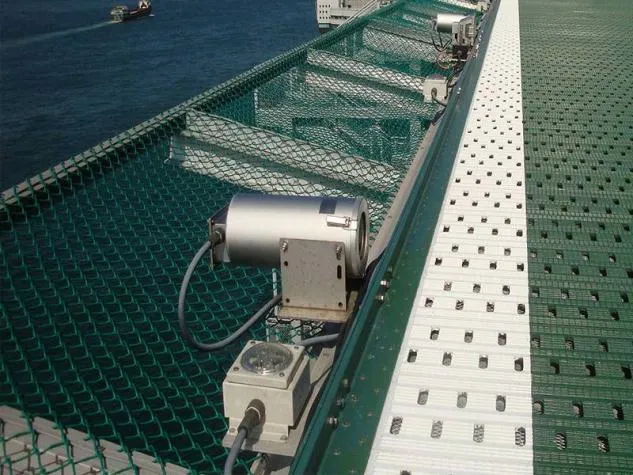- Industrial zone, South of Anping Town, Hengshui, Hebei, China.
- sales@hfpetromesh.com
- +86-18931809706
 Afrikaans
Afrikaans  Albanian
Albanian  Amharic
Amharic  Arabic
Arabic  Armenian
Armenian  Azerbaijani
Azerbaijani  Basque
Basque  Belarusian
Belarusian  Bengali
Bengali  Bosnian
Bosnian  Bulgarian
Bulgarian  Catalan
Catalan  Cebuano
Cebuano  Corsican
Corsican  Croatian
Croatian  Czech
Czech  Danish
Danish  Dutch
Dutch  English
English  Esperanto
Esperanto  Estonian
Estonian  Finnish
Finnish  French
French  Frisian
Frisian  Galician
Galician  Georgian
Georgian  German
German  Greek
Greek  Gujarati
Gujarati  Haitian Creole
Haitian Creole  hausa
hausa  hawaiian
hawaiian  Hebrew
Hebrew  Hindi
Hindi  Miao
Miao  Hungarian
Hungarian  Icelandic
Icelandic  igbo
igbo  Indonesian
Indonesian  irish
irish  Italian
Italian  Japanese
Japanese  Javanese
Javanese  Kannada
Kannada  kazakh
kazakh  Khmer
Khmer  Rwandese
Rwandese  Korean
Korean  Kurdish
Kurdish  Kyrgyz
Kyrgyz  Lao
Lao  Latin
Latin  Latvian
Latvian  Lithuanian
Lithuanian  Luxembourgish
Luxembourgish  Macedonian
Macedonian  Malgashi
Malgashi  Malay
Malay  Malayalam
Malayalam  Maltese
Maltese  Maori
Maori  Marathi
Marathi  Mongolian
Mongolian  Myanmar
Myanmar  Nepali
Nepali  Norwegian
Norwegian  Norwegian
Norwegian  Occitan
Occitan  Pashto
Pashto  Persian
Persian  Polish
Polish  Portuguese
Portuguese  Punjabi
Punjabi  Romanian
Romanian  Russian
Russian  Samoan
Samoan  Scottish Gaelic
Scottish Gaelic  Serbian
Serbian  Sesotho
Sesotho  Shona
Shona  Sindhi
Sindhi  Sinhala
Sinhala  Slovak
Slovak  Slovenian
Slovenian  Somali
Somali  Spanish
Spanish  Sundanese
Sundanese  Swahili
Swahili  Swedish
Swedish  Tagalog
Tagalog  Tajik
Tajik  Tamil
Tamil  Tatar
Tatar  Telugu
Telugu  Thai
Thai  Turkish
Turkish  Turkmen
Turkmen  Ukrainian
Ukrainian  Urdu
Urdu  Uighur
Uighur  Uzbek
Uzbek  Vietnamese
Vietnamese  Welsh
Welsh  Bantu
Bantu  Yiddish
Yiddish  Yoruba
Yoruba  Zulu
Zulu
- Afrikaans
- Albanian
- Amharic
- Arabic
- Armenian
- Azerbaijani
- Basque
- Belarusian
- Bengali
- Bosnian
- Bulgarian
- Catalan
- Cebuano
- Corsican
- Croatian
- Czech
- Danish
- Dutch
- English
- Esperanto
- Estonian
- Finnish
- French
- Frisian
- Galician
- Georgian
- German
- Greek
- Gujarati
- Haitian Creole
- hausa
- hawaiian
- Hebrew
- Hindi
- Miao
- Hungarian
- Icelandic
- igbo
- Indonesian
- irish
- Italian
- Japanese
- Javanese
- Kannada
- kazakh
- Khmer
- Rwandese
- Korean
- Kurdish
- Kyrgyz
- Lao
- Latin
- Latvian
- Lithuanian
- Luxembourgish
- Macedonian
- Malgashi
- Malay
- Malayalam
- Maltese
- Maori
- Marathi
- Mongolian
- Myanmar
- Nepali
- Norwegian
- Norwegian
- Occitan
- Pashto
- Persian
- Polish
- Portuguese
- Punjabi
- Romanian
- Russian
- Samoan
- Scottish Gaelic
- Serbian
- Sesotho
- Shona
- Sindhi
- Sinhala
- Slovak
- Slovenian
- Somali
- Spanish
- Sundanese
- Swahili
- Swedish
- Tagalog
- Tajik
- Tamil
- Tatar
- Telugu
- Thai
- Turkish
- Turkmen
- Ukrainian
- Urdu
- Uighur
- Uzbek
- Vietnamese
- Welsh
- Bantu
- Yiddish
- Yoruba
- Zulu
កុម្ភៈ . 13, 2025 14:16
Back to list
serrated steel grating
Serrated steel flat bars are increasingly gaining traction in various industrial applications due to their excellent grip, durability, and versatility. These flat bars, characterized by their serrated edges, are engineered to provide enhanced traction and increased surface area, making them ideal for environments where safety and durability are paramount.
Installation of serrated steel flat bars is straightforward, yet it should be executed by professionals to guarantee safety and structural integrity. The precision of the serrated edges requires alignment and fixation to be meticulously observed, ensuring the bars function as intended. The expertise of installation teams contributes to the overall trustworthiness of the structure, assuring users of its safety and durability. The credibility of serrated steel flat bars as a dependable material stems from both industry research and field testing. Extensive testing under various conditions—ranging from temperature extremes to load capacities—proves their resilience and versatility. Industry certifications and compliance with global safety standards further reinforce their authoritative standing in the market. Building trust with clients and end-users is crucial. Providing comprehensive technical documentation that outlines material properties, installation procedures, and maintenance tips ensures transparency and facilitates informed decision-making. This strengthens buyer confidence, highlighting the manufacturer's commitment to quality and safety. In conclusion, serrated steel flat bars exemplify a blend of innovative engineering, reliable performance, and adaptability to challenging environments. Their distinct features meet critical safety standards while offering exceptional durability and customization options. As industries continue to demand solutions that integrate reliability with practicality, serrated steel flat bars will indisputably remain a top-tier choice for applications necessitating rugged, durable, and safe materials.


Installation of serrated steel flat bars is straightforward, yet it should be executed by professionals to guarantee safety and structural integrity. The precision of the serrated edges requires alignment and fixation to be meticulously observed, ensuring the bars function as intended. The expertise of installation teams contributes to the overall trustworthiness of the structure, assuring users of its safety and durability. The credibility of serrated steel flat bars as a dependable material stems from both industry research and field testing. Extensive testing under various conditions—ranging from temperature extremes to load capacities—proves their resilience and versatility. Industry certifications and compliance with global safety standards further reinforce their authoritative standing in the market. Building trust with clients and end-users is crucial. Providing comprehensive technical documentation that outlines material properties, installation procedures, and maintenance tips ensures transparency and facilitates informed decision-making. This strengthens buyer confidence, highlighting the manufacturer's commitment to quality and safety. In conclusion, serrated steel flat bars exemplify a blend of innovative engineering, reliable performance, and adaptability to challenging environments. Their distinct features meet critical safety standards while offering exceptional durability and customization options. As industries continue to demand solutions that integrate reliability with practicality, serrated steel flat bars will indisputably remain a top-tier choice for applications necessitating rugged, durable, and safe materials.
Share
Next:
Latest news
-
Welded Steel Bar Grating: The Rugged Industrial Flooring Solution Built for Load and LongevityNewsJun.24,2025
-
Steel Walkway Grating: Reliable, Resilient, and Built for Every StepNewsJun.24,2025
-
Shale Shaker Screen for Sale: Optimize Drilling Efficiency with Precision Screening PowerNewsJun.24,2025
-
Shaker Screen for Sale: Elevate Your Drilling Efficiency with Durable Separation SolutionsNewsJun.24,2025
-
Press Locked Steel Grating: Industrial Strength with Precision Fit for Heavy-Duty ApplicationsNewsJun.24,2025
-
Perimeter Safety Netting: The Critical Safety Upgrade for Every HelipadNewsJun.24,2025